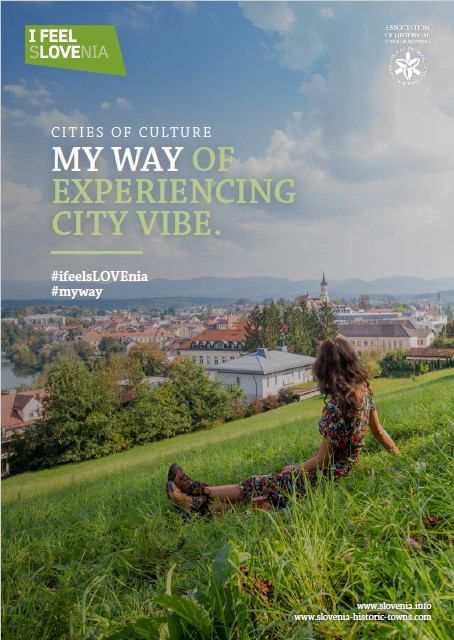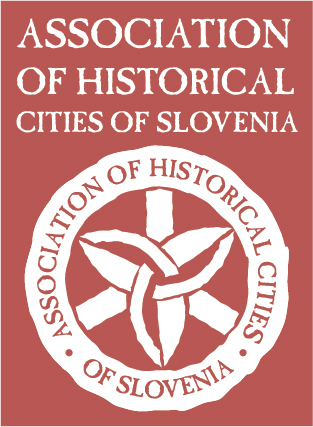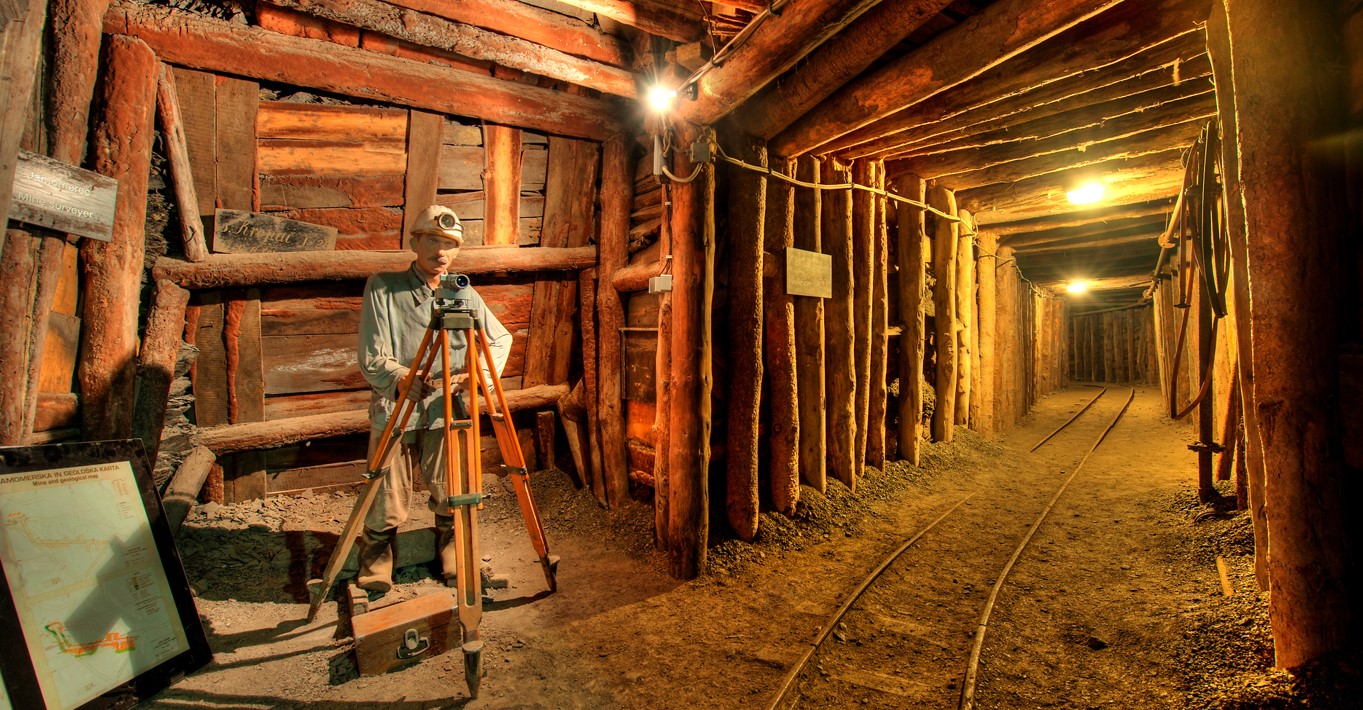
UNESCO: World Heritage Sites of Historic Towns
Slovenia is home to numerous cultural heritage treasures, many of which have earned recognition and protection from UNESCO. With five sites—two natural and three cultural—and seven elements of intangible cultural heritage inscribed on the World Heritage List, Slovenia stands as one of the richest custodians of heritage per capita. The historic towns of Slovenia significantly contribute to this heritage, proudly featuring five sites on UNESCO’s prestigious Heritage List and participating in other esteemed UNESCO programmes. Explore the UNESCO treasures within Slovenia’s historic towns.
UNESCO Sites in Historic Towns
Idrija Mercury Mine
Five centuries ago, the accidental discovery of mercury beneath Idrija’s surface marked the beginning of a new era for the town. This heavy, shimmering metal propelled Idrija into great progress, forging economic ties with the rest of the world. Idrija’s mining heritage holds immense significance, recognized by UNESCO on the World Heritage List alongside Spain’s Almadén mine—the only mine to surpass Idrija in global mercury production. Although the Idrija mine closed in 1995, echoes of its mining legacy permeate the town’s landscape.
Here’s our hint for you: Immerse yourself in Idrija’s mining heritage by exploring the museum section of the mine, including the Antony’s Main Road —the oldest preserved mine entrance in Europe. Ascend to Gewerkenegg Castle, once the mine’s administrative hub and now a museum with engaging exhibitions. Witness the HG Smelting plant in action, offering a demonstration of ore smelting, and marvel at the “kamšt”, Europe’s largest preserved wooden water wheel used for mine water drainage. For a comprehensive understanding of the mining heritage, delve into the captivating experience of “Idrija: The Following Stories of Mercury and Lace.”
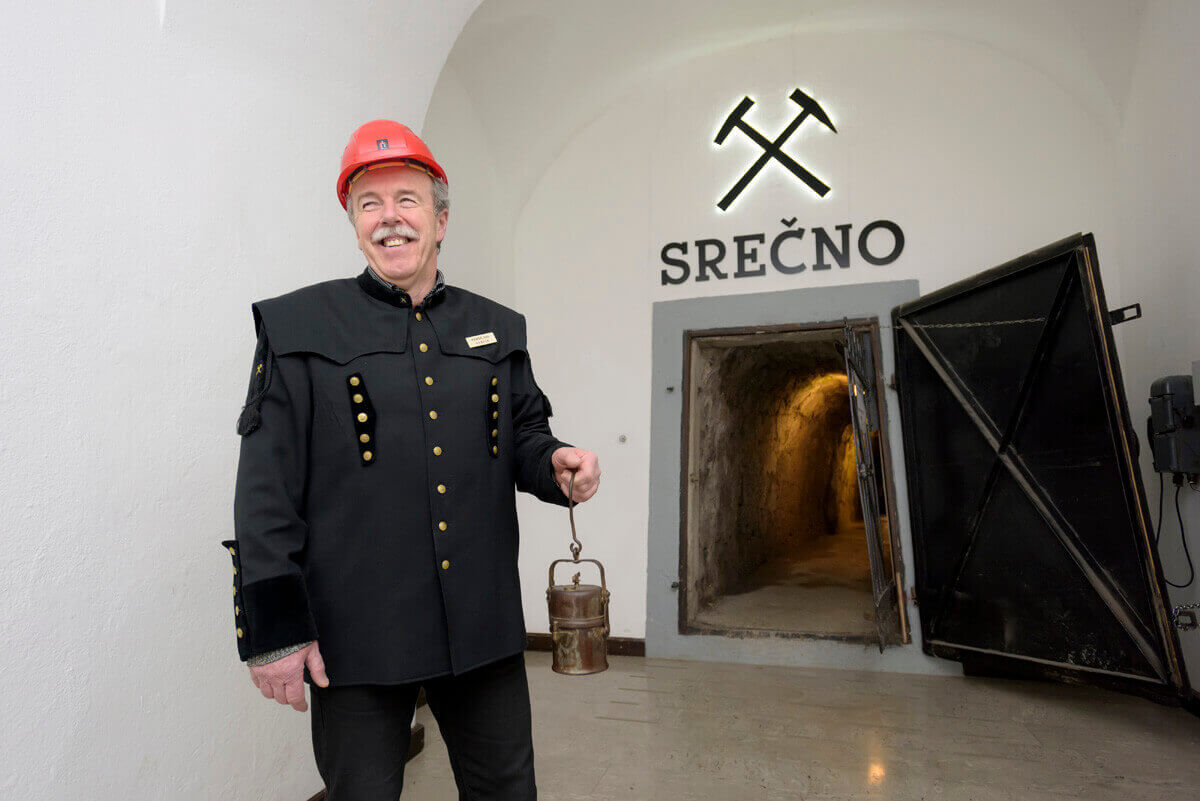
The Škofja Loka Passion Play
Every few years, Škofja Loka, Slovenia’s most authentic medieval town, hosts a unique open-air event, the Škofja Loka Passion Play. This historical spectacle, dating back to 1721, unfolds in the town’s streets, portraying 13 key events in the life of Jesus Christ. Based on the text by Father Romuald, a Capuchin friar from Loka, it is the oldest surviving dramatic text in Slovenian, written in the old Škofja Loka dialect. The live staging involves over 900 performers in original costumes and is staged only once every six years due to its demanding nature. Recognizing its exceptional significance, UNESCO has inscribed it on its list of Intangible Cultural Heritage of Humanity. Don’t miss the next performance in 2026!
Here’s our hint for you: While the Škofja Loka Passion Play is no longer an annual event, as it was back in the 18th century, you can still immerse yourself in its spirit during Easter time, when Škofja Loka hosts the Škofja Loka Passion Days. Additionally, you can explore the interactive Romuald’s Path, which guides you through 13 points connected to the history of Škofja Loka and the Passion Play. These points are marked by numbered plaques on the pavement. Don’t forget to visit the Škofja Loka Capuchin Library, where you can find the famous Romuald’s manuscript and precious incunabula.”
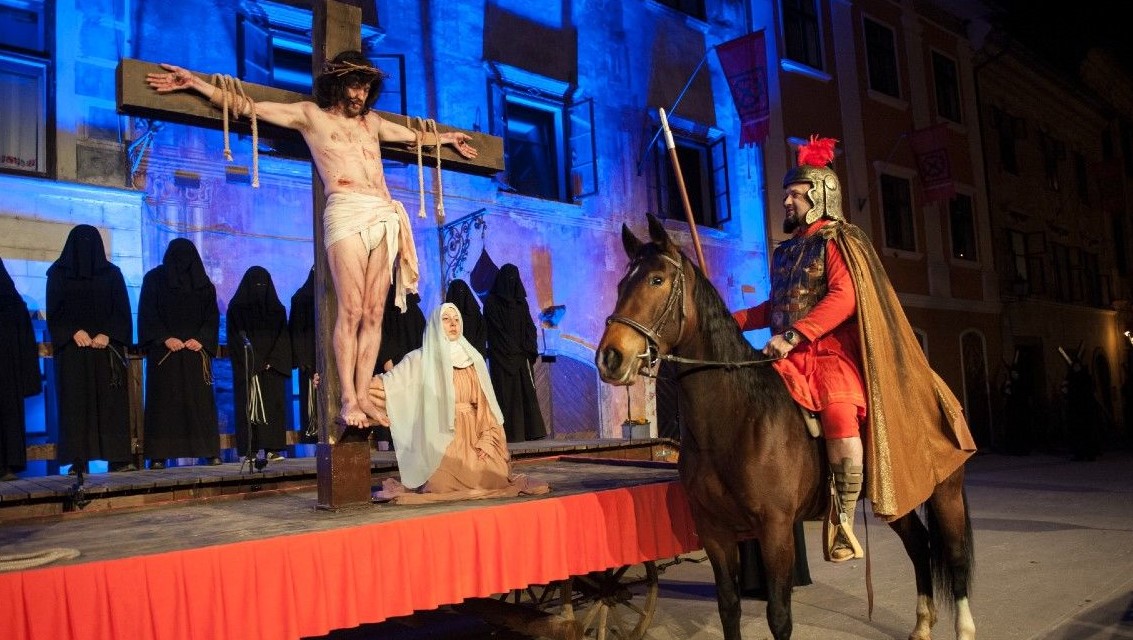
Door-To-Door Rounds of Kurenti
When Slovenians hear the word “carnival,” it’s nearly impossible not to think of the images of the kurent, the iconic traditional carnival figure indigenous to Ptuj and its surroundings. The Kurenti take centre stage at Ptuj Kurentovanje, one of Slovenia’s premier ethnological festivals, with their distinctive door-to-door round earning them a coveted spot on UNESCO’s Intangible Cultural Heritage of Humanity list.
Here’s our hint for you: Discover the world of the kurent at the Kurent House in Ptuj, where you can learn about Slovenia’s beloved carnival character and the rituals associated with it. Don’t forget to explore the captivating collection of traditional carnival masks at the Ptuj Regional Museum. And be sure not to miss Kurentovanje, which annually draws tens of thousands of visitors to Slovenia’s oldest town.
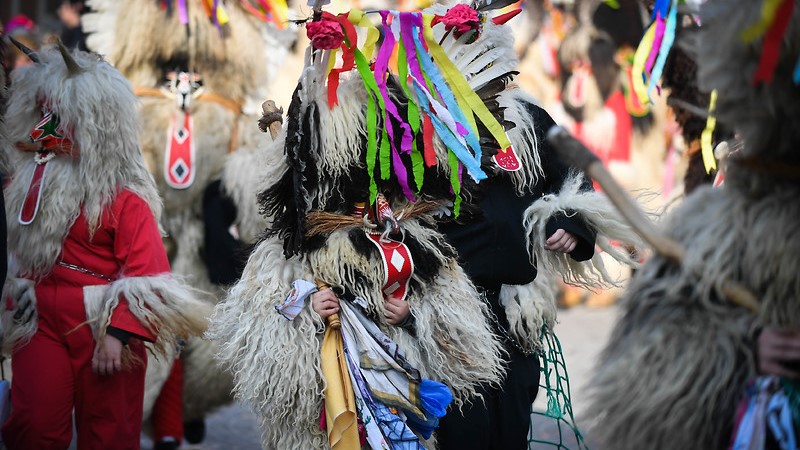
Idrija Geopark and Karawanken-Karavanke Geopark
Geoparks, integral parts of UNESCO’s World Heritage Network, boast exceptional geological features alongside elements of both natural and cultural heritage, ensuring they receive specialized protection and conservation efforts. Slovenia has a number of nature parks and two UNESCO Geoparks, including the Idrija Geopark and the cross-border Karawanken-Karavanke Geopark, which extends into the historic town of Ravne na Koroškem.
Here’s our hint for you: If you’re an avid cyclist or hiker, delve into the 300 square kilometres of the Idrija Geopark, offering a number of trails that wind through the region’s rich natural and cultural heritage sites, steeped in the history of the mining town. While there, explore the fascinating iron heritage of Ravne na Koroškem at the Iron Museum housed within the former factory grounds.
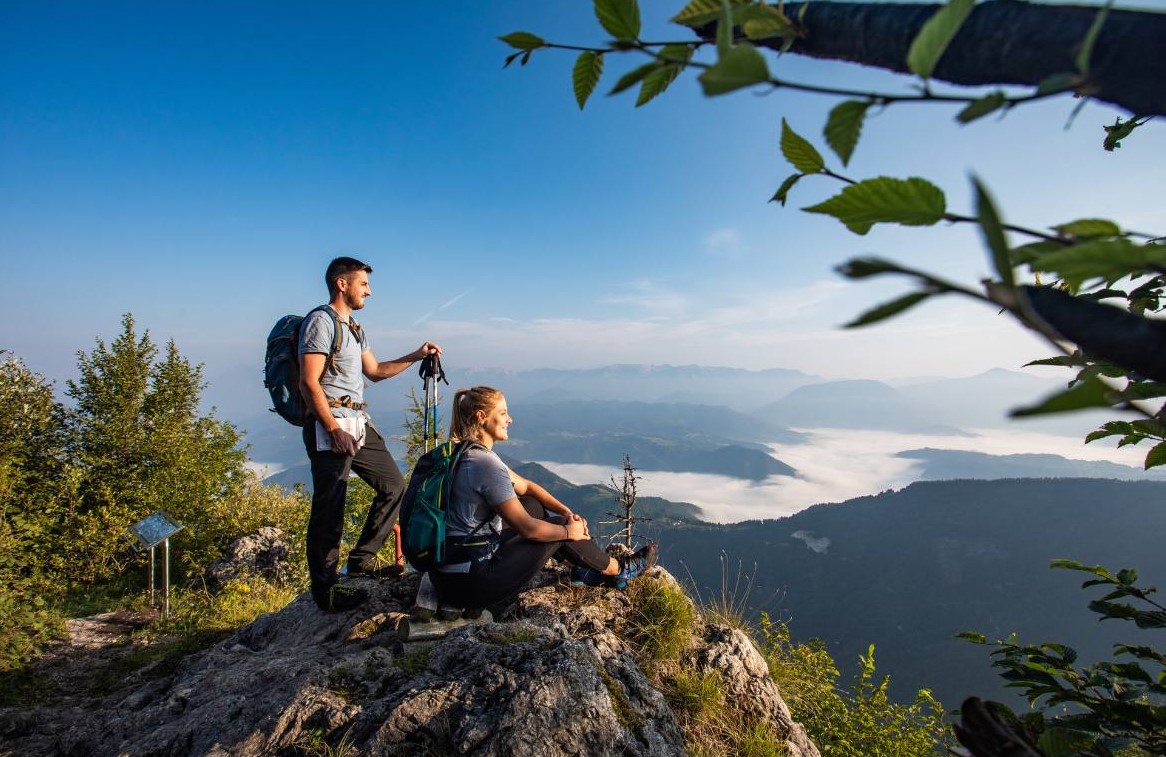
Bobbin lacemaking
While their husbands were in the mines, the women of Idrija sought ways to to earn extra money, thus giving birth to the exquisite craft of Idrija bobbin lace. Renowned for its intricacy, this craft has been safeguarded for over 140 years by the esteemed Idrija Lace School. The cultural significance of the bobbin lacemaking, cherished by approximately 120 associations across Slovenia, is honoured with UNESCO’s prestigious designation on the list of intangible cultural heritage.
Here’s our hint for you: Uncover the rich history of Idrija lace at the Idrija Museum, nestled within the Gewerkenegg Castle. Visit the Idrija Lace Festival, an annual June event where live demonstrations and captivating attractions bring this timeless craft to life against the backdrop of Idrija’s scenic charm.
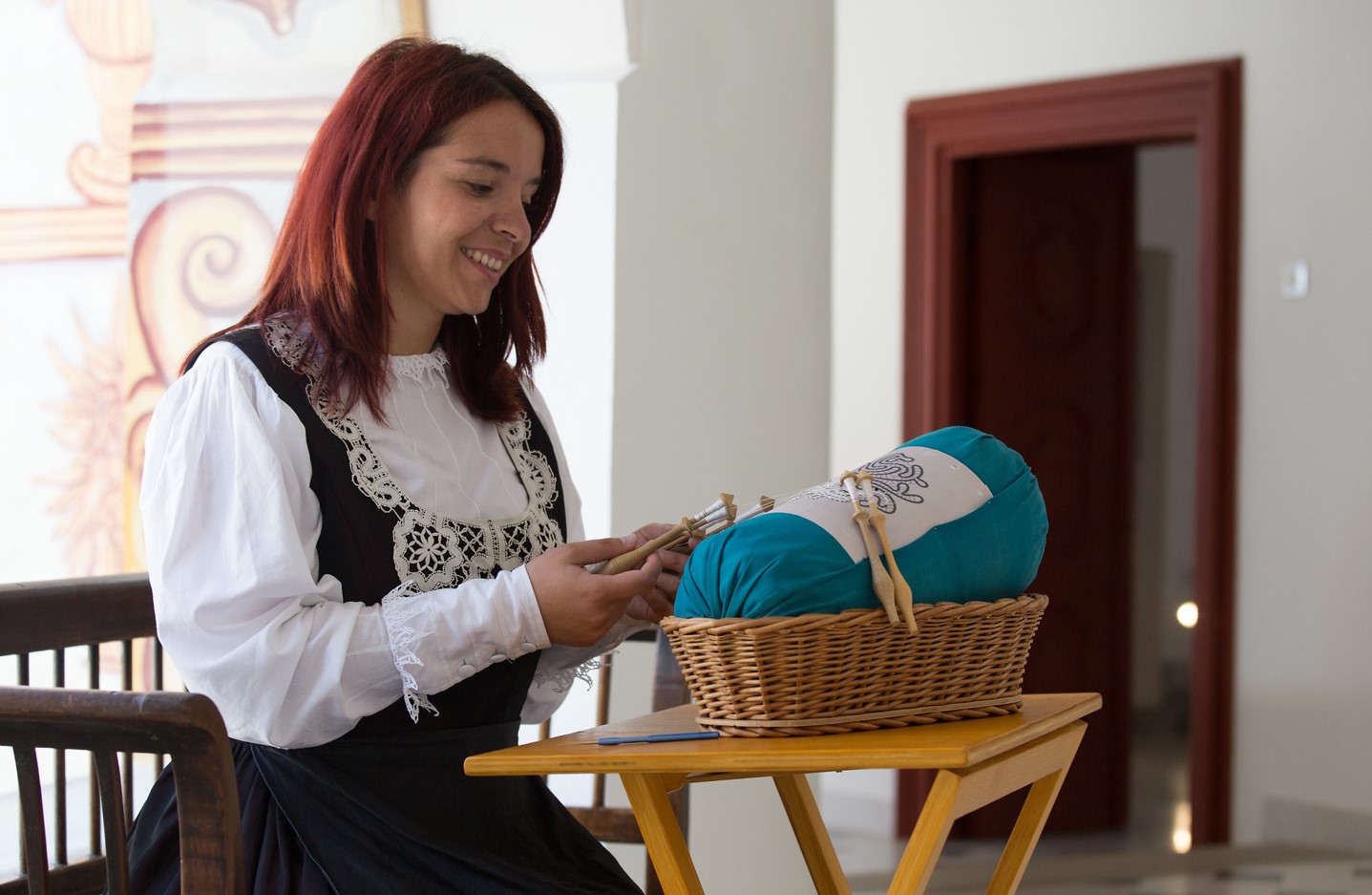
UNESCO World Natural and Cultural Heritage – The Rest of the Sites
Apart from the UNESCO World Natural and Cultural Heritage sites already mentioned, Slovenia boasts several other treasures under UNESCO protection:
- Natural heritage sites: Škocjan Caves and and Snežnik-Ždrocle primeval beech forests.
- Cultural heritage sites: pille dwellings on Ljubljana Marshes with an exceptional archaeological find, the oldest axle-wheel in the world, and Plečnik’s Ljubljana. Delve into the rich legacy of master architect Jože Plečnik, whose influence extends to Slovenia’s historic towns.
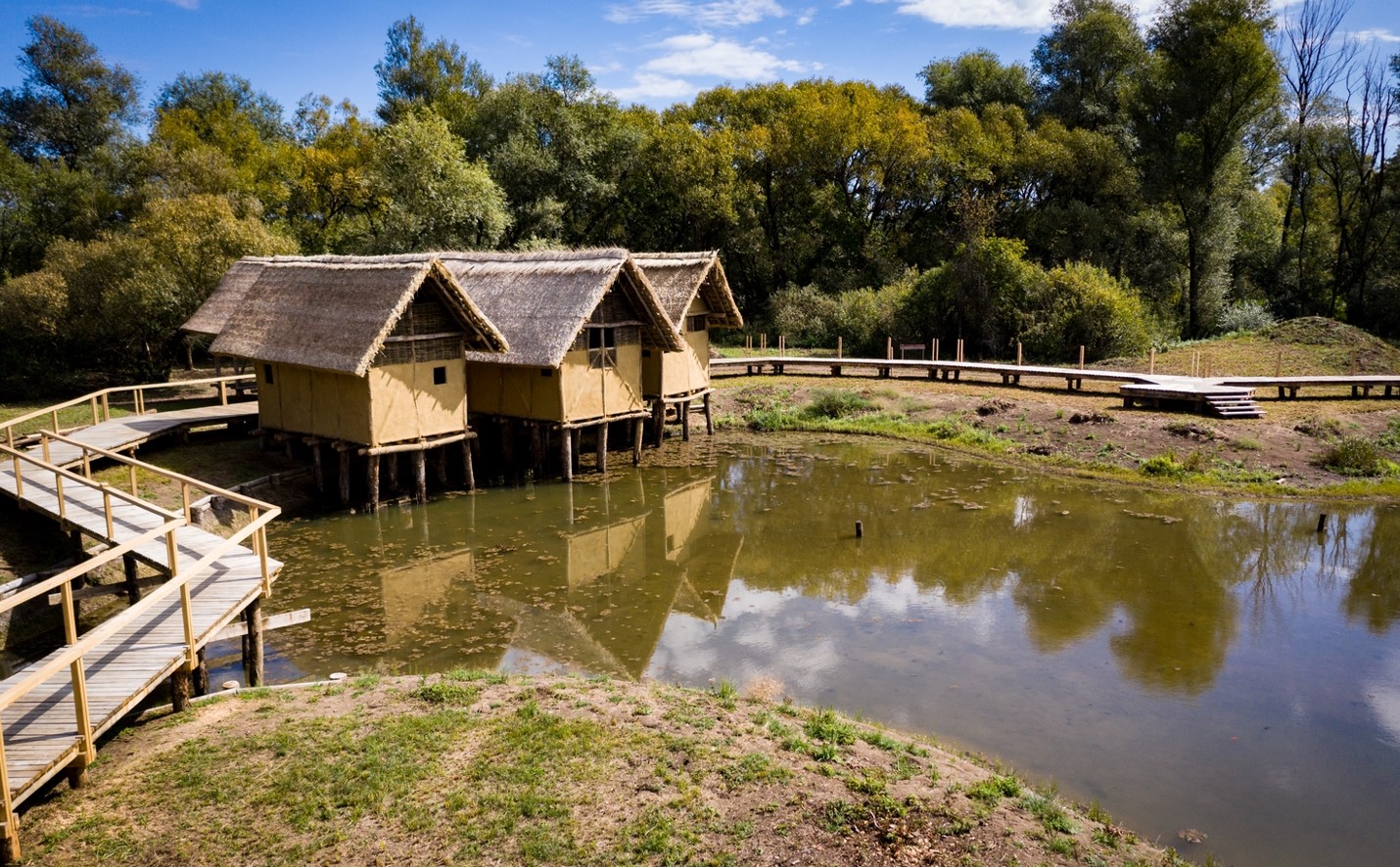
- The Representative List of the Intangible Cultural Heritage of Humanity: – Lipizzan horse breeding traditions and midwifery.
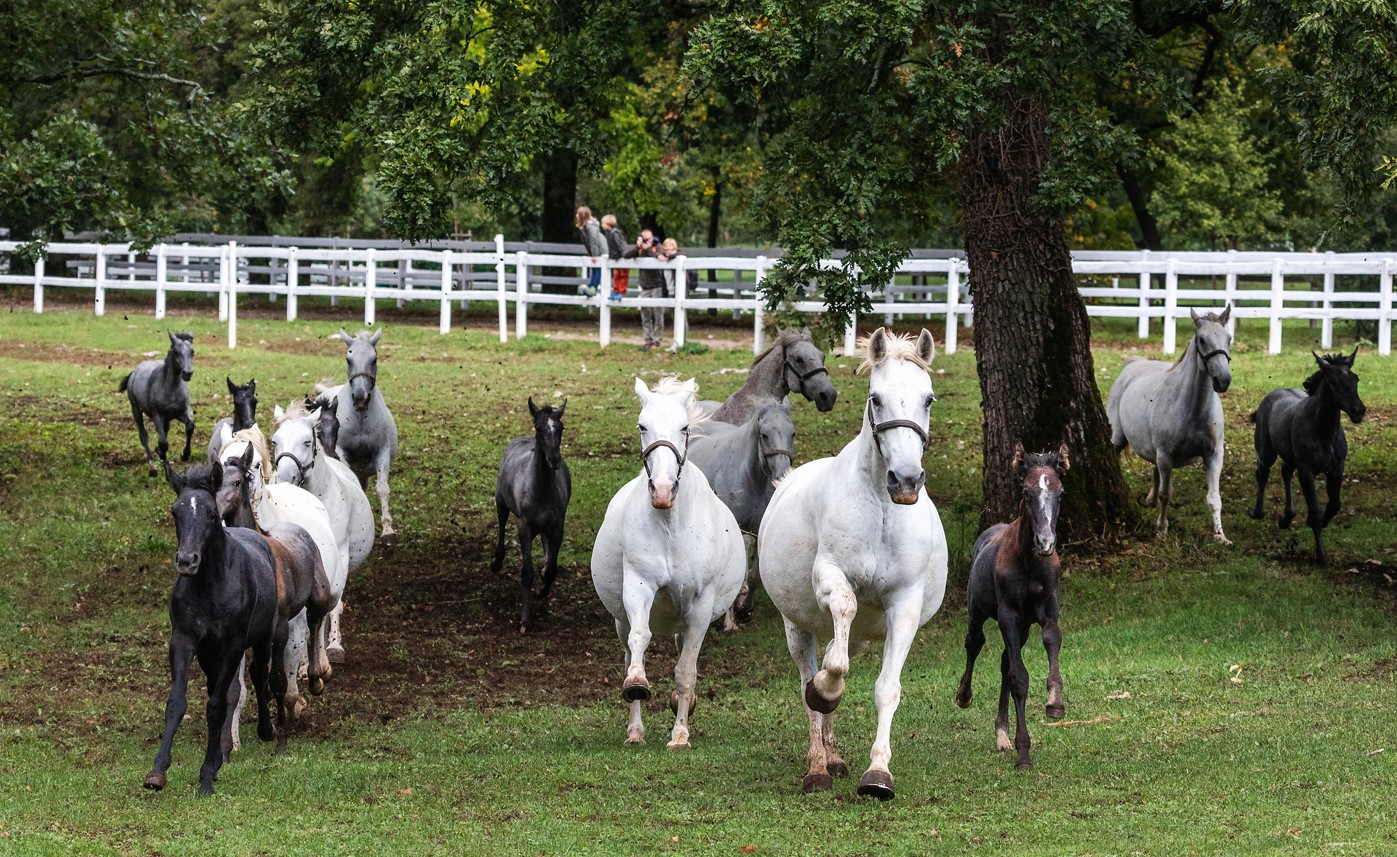
Photo: STO
The art of dry stone walling is a sustainable skill of making stone constructions by stacking stones upon one another, without using any other materials except sometimes dry soil, which has shaped the Slovenian cultural landscape for centuries. Remnants of dry walls can still be found in the Karst and Istria, for example in the countryside of the historic towns of Koper and Piran.
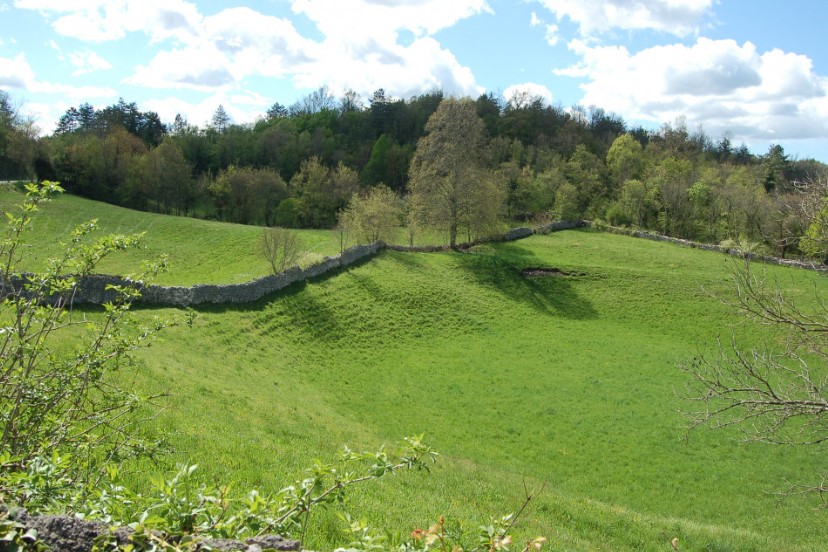
Photo: Eda Belingar
Beekeeping holds a vital place in Slovenian culture. Slovenian beekeepers pioneered modern beekeeping techniques and their rich tradition is showcased by the unique beehive panels they created. Discover this fascinating history at the Beekeeping Museum in Radovljica. Often referred to as the food of the gods, honey has also symbolized love for centuries, cultivated in workshops like the one at the Radovljica Gingerbread Museum or at Perger in Slovenj Gradec. Additionally, the art of baking traditional Škofja Loka honey bread is a cherished craft, brought to life by the skilled hands of a master in Škofja Loka.
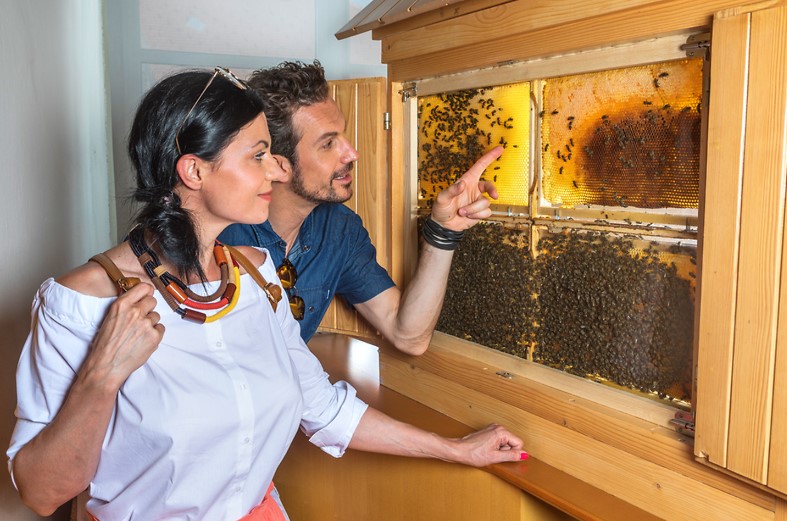
Slovenia’s historic towns are vibrant with activity year-round. Discover the exceptional lineup of the FEST MEST festival, the longest-running event of its kind.


